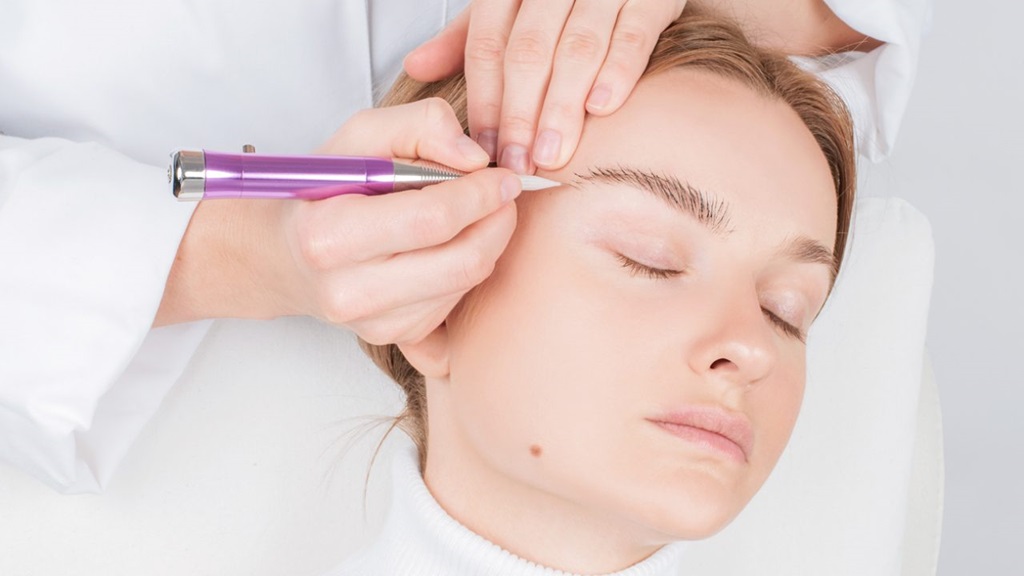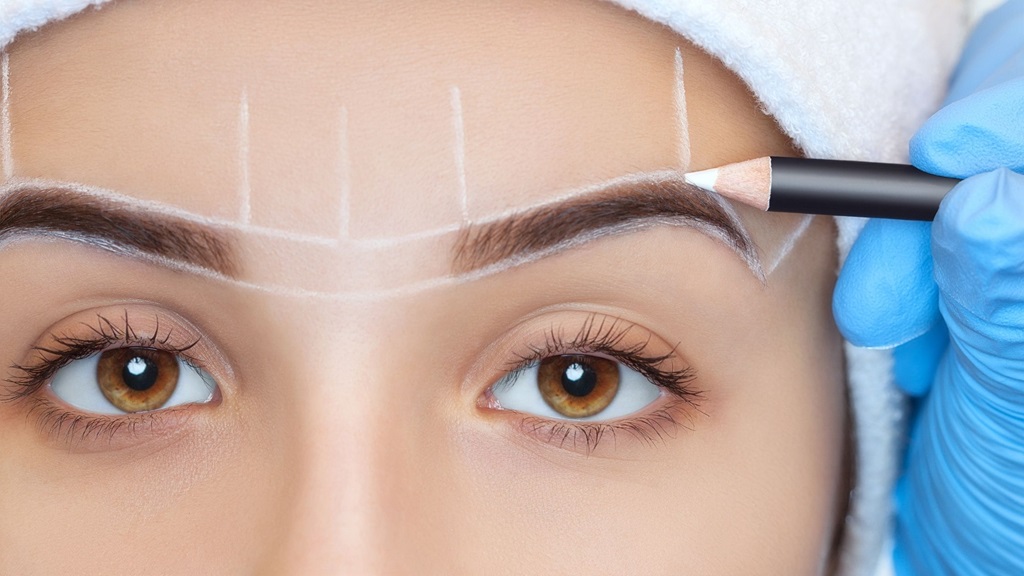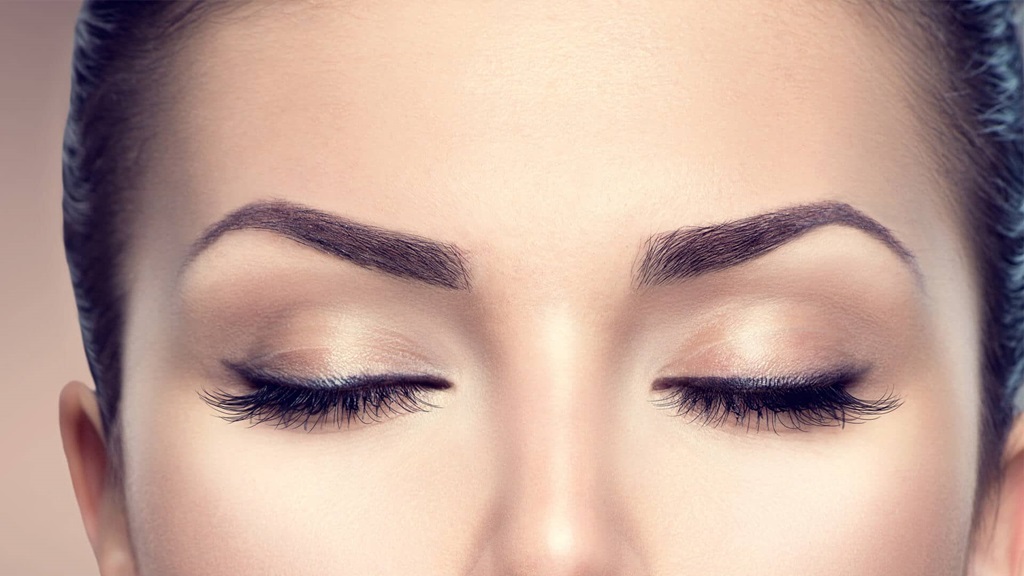Microblading has become a popular beauty trend, offering individuals a semi-permanent solution to perfect eyebrows. As the demand for this cosmetic procedure grows, so does the need for understanding and addressing common concerns, such as itching. In this article, we’ll delve into the world of microblading, explore the reasons behind itching, and provide practical tips for a successful and comfortable experience.
I. Microblading Itching Woes
Definition of Microblading
Microblading is a semi-permanent cosmetic procedure that involves the manual application of pigment into the skin to enhance eyebrows’ shape and fullness. Unlike traditional tattooing, microblading uses a handheld tool to create fine, hair-like strokes, resulting in a more natural appearance.
Growing Popularity
In recent years, microblading has gained immense popularity, with individuals seeking a long-lasting solution to sparse or uneven eyebrows. The procedure offers a convenient way to achieve well-defined brows without the daily hassle of makeup application.
The Concern of Itching
Despite its popularity, microblading comes with its share of concerns. Itching, in particular, is a common issue that many individuals experience during the healing process. Understanding the factors contributing to itching and how to manage it is crucial for a positive microblading experience.
II. Understanding Microblading
What is Microblading?
Microblading involves the precise application of pigment into the upper layers of the skin, creating the illusion of fuller and well-defined eyebrows. The procedure is semi-permanent, typically lasting one to three years, depending on individual factors and aftercare.
The Process Explained
During a microblading session, a trained artist uses a handheld tool with microfine needles to deposit pigment into the superficial layers of the skin. The artist carefully creates strokes that mimic natural eyebrow hairs, resulting in a realistic and customized look.
Duration and Aftercare
While the initial microblading session may take a couple of hours, the complete healing process spans several weeks. Proper aftercare, including avoiding water exposure and refraining from scratching or picking at the treated area, is essential for optimal results.
III. Common Issues with Microblading

Itching: A Common Concern
Itching is a normal part of the healing process after microblading. However, excessive itching can lead to complications, such as infection or pigment loss. Understanding the causes of itching is key to addressing this common concern.
Factors Contributing to Itching
Several factors contribute to itching after microblading, including the body’s natural healing response, the formation of scabs, and reactions to aftercare products. Identifying these factors allows individuals to take proactive steps in managing itching.
Importance of Proper Aftercare
Proper aftercare is crucial in minimizing discomfort and promoting successful healing. Following the artist’s instructions, avoiding exposure to irritants, and resisting the urge to scratch are essential for a smooth and comfortable recovery.
IV. Dealing with Microblading Itching
Home Remedies
Mild itching can often be alleviated with home remedies such as applying a cold compress, using fragrance-free moisturizers, or taking over-the-counter antihistamines. However, it’s essential to consult with the microblading artist or a healthcare professional before trying any remedies.
Avoiding Common Mistakes
Scratching or picking at the treated area can lead to complications and negatively impact the final results. Educating clients about common mistakes and emphasizing the importance of patience in the healing process is crucial for a positive outcome.
When to Seek Professional Help
If itching persists or becomes severe, individuals should seek professional advice promptly. A qualified microblading artist can assess the situation, provide guidance, and recommend appropriate interventions to address persistent itching.
V. Tips for Successful Microblading
Choosing a Qualified Artist
Selecting a qualified and experienced microblading artist is paramount to a successful outcome. Researching artists, checking reviews, and viewing their portfolio can help individuals make an informed decision and ensure a positive experience.
Following Aftercare Instructions
Strictly adhering to aftercare instructions provided by the microblading artist is vital for a smooth healing process. This includes avoiding sun exposure, refraining from makeup application in the treated area, and attending any follow-up appointments as scheduled.
Being Patient with the Healing Process
Microblading is a multi-step process, and patience is key to achieving the desired results. Clients should understand that itching, redness, and slight discomfort are temporary and part of the body’s natural response to the procedure.
VI. Addressing Safety Concerns

Importance of Sterilization
Ensuring the microblading studio follows strict sterilization protocols is crucial for preventing infections and complications. Clients should inquire about the studio’s hygiene practices before undergoing the procedure.
Risks and Precautions
While microblading is generally safe, individuals with certain medical conditions, such as diabetes or autoimmune disorders, should consult with their healthcare provider before proceeding. Additionally, pregnant or breastfeeding individuals may need to postpone the procedure.
Ensuring a Safe Microblading Experience
Choosing a reputable studio, verifying the artist’s credentials, and discussing any health concerns beforehand contribute to a safe microblading experience. Safety should always be a top priority when undergoing cosmetic procedures.
VII. Real-life Experiences
Testimonials of Satisfied Clients
Real-life testimonials from individuals who have undergone successful microblading can provide valuable insights. Hearing about others’ positive experiences can alleviate concerns and build confidence in the procedure’s effectiveness.
Learning from Others’ Mistakes
Examining cases where individuals faced challenges or complications during microblading highlights the importance of proper aftercare and choosing a qualified artist. Learning from others’ mistakes can empower individuals to make informed decisions.
VIII. Trends and Innovations in Microblading
Evolving Techniques
The field of microblading continues to evolve, with artists constantly refining and innovating their techniques. Staying informed about the latest trends ensures that individuals receive the most advanced and effective microblading services.
Advanced Aftercare Products
Innovations in aftercare products contribute to improved healing and reduced discomfort. Artists may recommend specific products tailored to individual skin types, ensuring optimal results and a comfortable recovery.
Staying Informed about Industry Changes
As the beauty industry progresses, staying informed about changes in microblading regulations, techniques, and safety standards is essential. Clients should be proactive in seeking updated information to make informed choices.
IX. The Future of Microblading

Continuous Advancements
Microblading is likely to see continuous advancements, with artists exploring new techniques and technologies to enhance results. Keeping an eye on emerging trends ensures individuals benefit from the latest innovations.
Expanding Access to Safe Microblading
As the demand for microblading grows, efforts to make the procedure accessible to a broader audience while maintaining safety standards will likely increase. This expansion aims to provide individuals with diverse backgrounds the opportunity to enhance their natural beauty.
X. Conclusion
Recap of Key Points
In conclusion, microblading offers a transformative solution for achieving perfect eyebrows. Understanding the process, common concerns like itching, and the importance of aftercare is crucial for a positive experience.
Emphasizing Safe Practices
Safety should be a top priority in the microblading journey. Choosing a qualified artist, following aftercare instructions, and being patient during the healing process contribute to successful outcomes and satisfied clients.
Frequently Asked Questions
- Is microblading painful? Microblading is generally well-tolerated, and discomfort is minimal. However, individual pain thresholds vary.
- How long does microblading last? The results of microblading typically last one to three years, depending on various factors such as skin type and aftercare.
- Can I wear makeup after microblading? It’s advisable to avoid makeup in the treated area during the initial healing period to prevent infections and ensure optimal results.
- Are there any side effects of microblading? While rare, side effects may include redness, swelling, and itching during the initial healing phase. These are usually temporary.
- Is microblading suitable for everyone? While generally safe, individuals with certain medical conditions or pregnant/breastfeeding individuals should consult with their healthcare provider before undergoing microblading.





